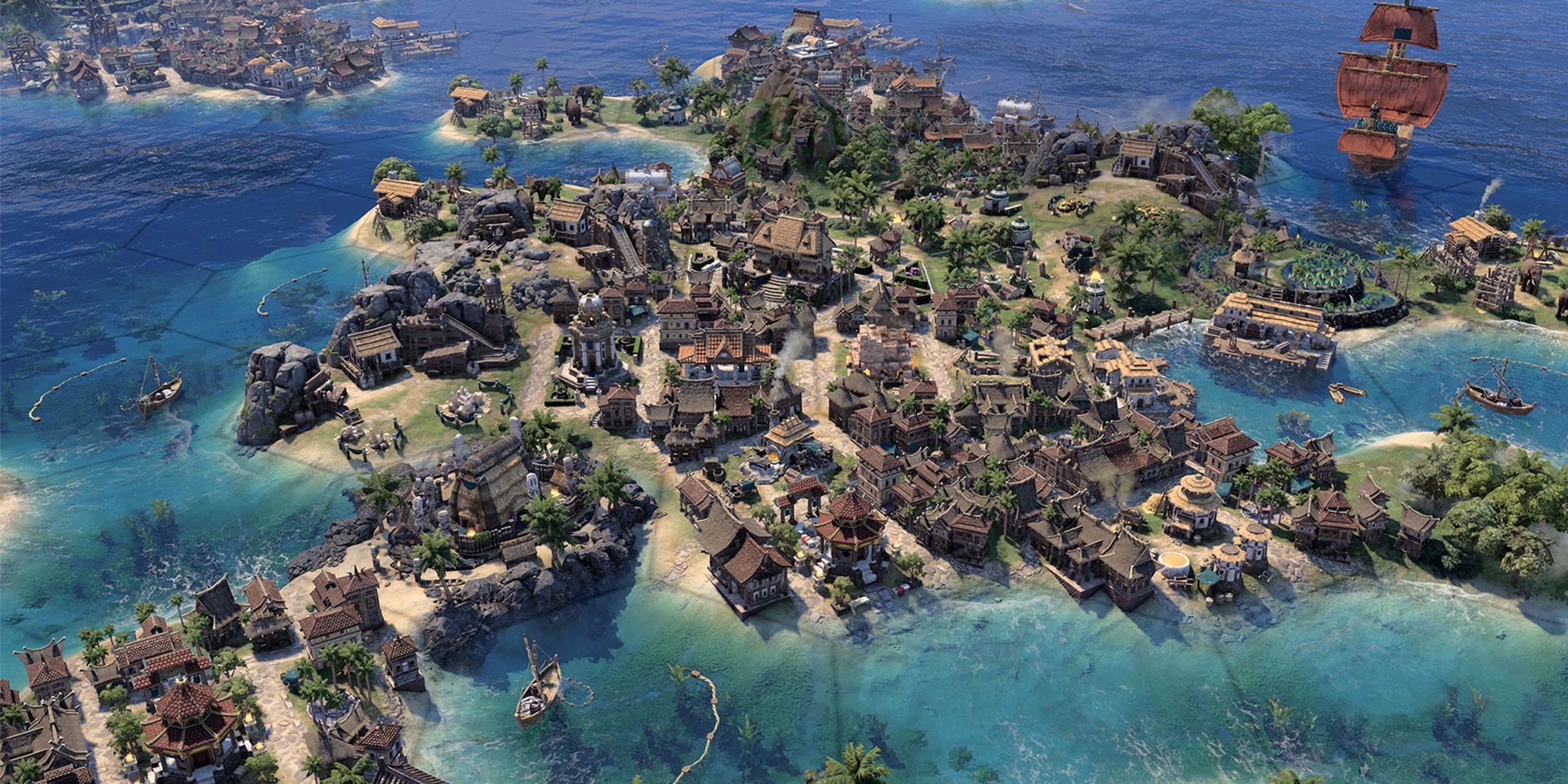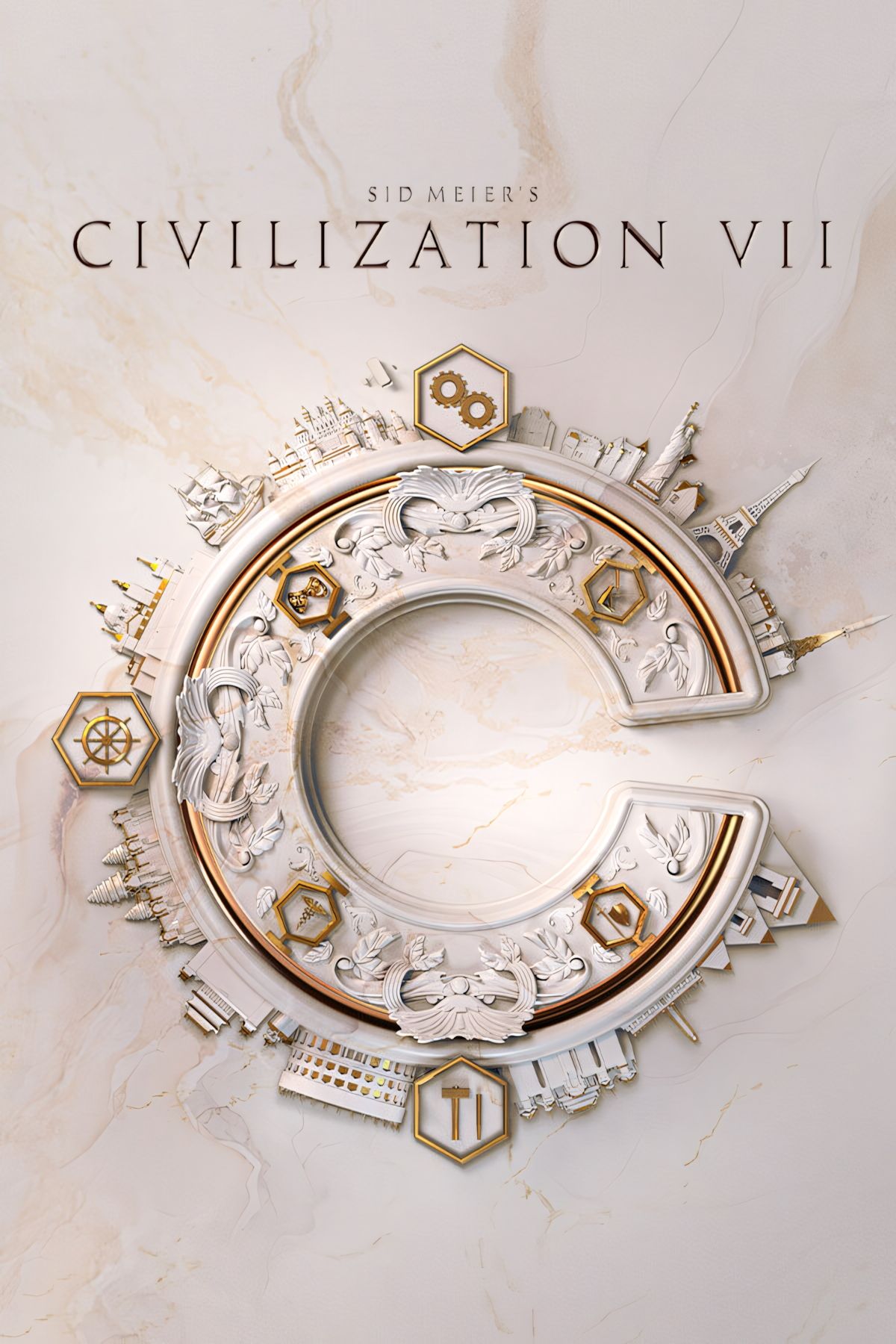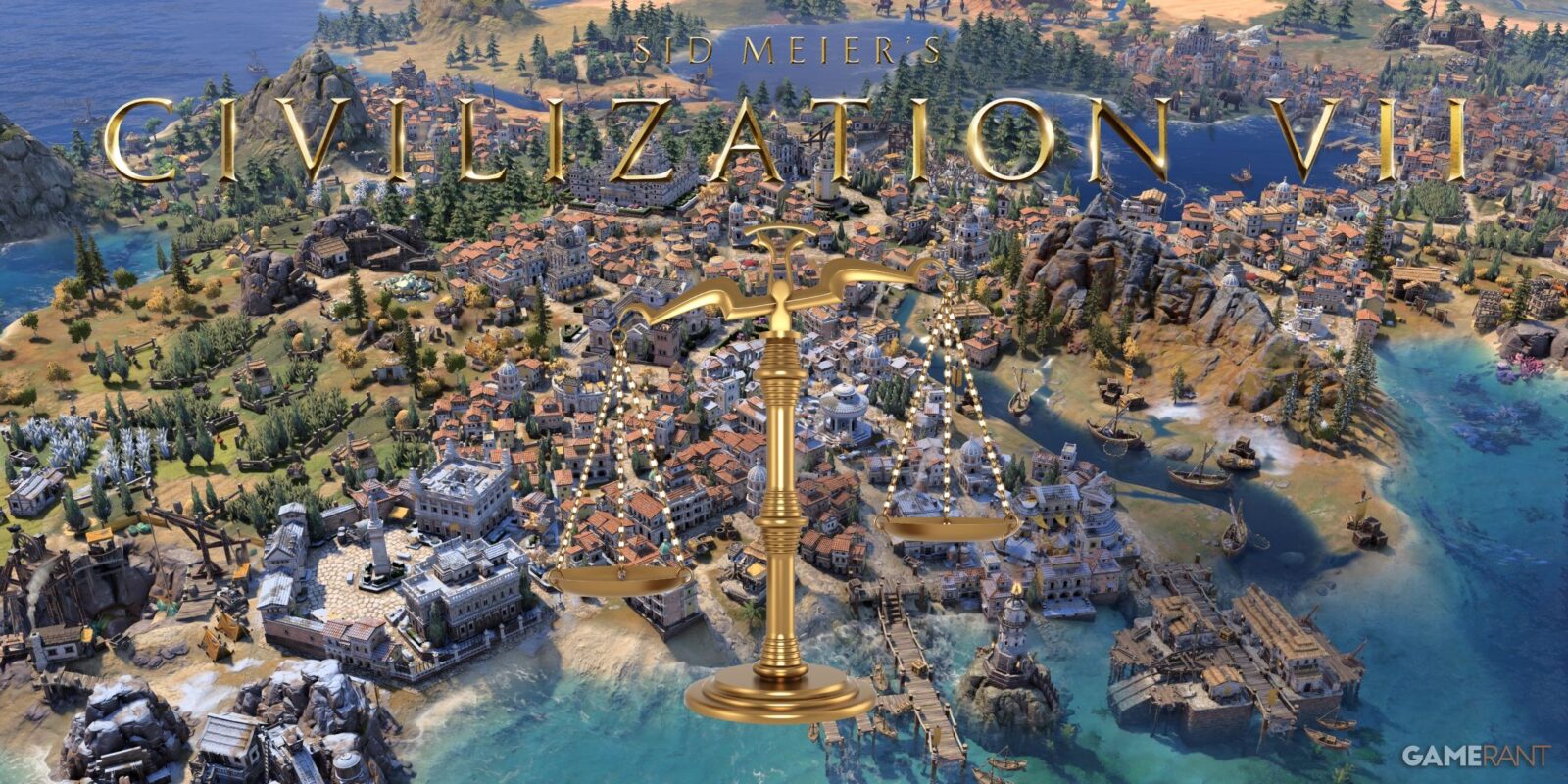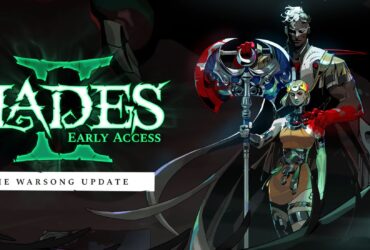The 4X strategy genre, by its very nature, is quite complicated. Standing for “Explore, Expand, Exploit, and Exterminate,” the 4X genre inherently features a lot of management and micromanagement, with each of the four core aspects of the genre requiring the player’s attention simultaneously. And that’s without getting into the weeds of how each 4X game handles each of these four key components. So, being one of the leading names in the 4X genre, the Civilization franchise is innately complex.
The general premise of Civilization‘s overarching gameplay loop is very simple. Players need to lead their chosen Civ through the ages, and try to earn one of the game’s four (usually) victory types. But the process of achieving these victories has gotten increasingly complicated over the years. As such, Civilization can be a hard series for newcomers of the genre to get into, but that all changes with Civilization 7, which is arguably the most accessible mainline entry in series history, for better and for worse.

Related
One Civilization 7 Feature is a Far Cry From What Came Before
While Sid Meier’s Civilization 7 may feature some fantastic changes, there is one feature that was sadly stripped back in this adventure.
Civilization 7 Takes a Big Risk With its Strive for Accessibility
Civilization 7 Feels Like It Was Made With Newcomers in Mind
Achieving victory has never been a clearer process than in Civilization 7. From the very start of the game, Civilization 7 gives players a set of advisors to choose from, each one providing constant guidance on how to achieve one of the game’s four victory types. Civ 7‘s advisors suggest technologies, buildings, and units that the player should focus on, and they even pin key objectives (Legacy Paths) to the main screen.
This is paired nicely with Civilization 7‘s rather extensive tutorial that essentially stretches across the player’s entire first game. Throughout their initial match, players will be presented with near-constant pop-ups that provide key bits of information on just about every one of the game’s mechanics, from new features like the Commander system, to decades-old mechanics like city growth and tile improvements.
This continued guidance is even baked into Civilization 7‘s UI. Each and every turn, players are presented with a series of actions in the bottom right of the screen. These actions are presented to the player one at a time, and ensure that they’ve completed all of the key actions possible in a turn, such as moving units, researching a technology, choosing production, and growing a settlement.
Civilization 7’s Accessibility Makes It a Good First Entry for New Players
Generally, it feels as though Civilization 7 has been built from the ground-up with new players in mind. All of the interweaving systems above are designed to take players through the game step by step, one action, decision, and turn at a time, and they go a very long way in making sure newcomers aren’t immediately overwhelmed by the game’s onslaught of complex mechanics.
Civilization 7’s Accessibility Might Alienate Some Long-Time Fans
For the most part, Civilization 7‘s higher level of accessibility than previous entries doesn’t really get in the way of the series’ core formula. Long-time fans can easily turn off tutorials and tooltips, they can ignore advisors and unpin objectives, and they can carry out their actions in any order they wish during the course of a turn.
However, Civilization 7‘s accessibility does lead to a more streamlined experience in some regards, and that might disappoint a portion of fans who enjoy Civ‘s more intricate features. For instance, city management has been made much simpler, with the builder unit being removed from the game entirely. Players can also no longer make a city using settlers, they instead need to use gold to upgrade their mostly autonomous towns.
Similarly, while Civilization 7‘s Legacy Path objective system is great for keeping new players on task, it might feel a bit restrictive to Civ veterans. For example, the Legacy Path for Civilization 7‘s Military victory requires players to have 12 settlements under their command by the end of the Antiquity Age, with conquered settlements counting as two. This provides a clear objective for new players to work towards, but the rigidity of the objective doesn’t allow for much freedom compared to previous entries, where players simply needed to capture all enemy capitals to win a Domination victory.

Grand Strategy
Turn-Based Strategy
4X
- Released
-
February 11, 2025












Leave a Reply